Be welcomed to the second entry where you can know a bit more about the **Tiny House Movement**, previously I explained briefly **_What_** a tiny house is and **_Why_** we should go tiny.
On this post, you'll know more about **_Who_** can live in them, some cool **_Eco Technologies_** and some useful **_design tips_** you should know if you decide to live **tiny** one day.
>You should though
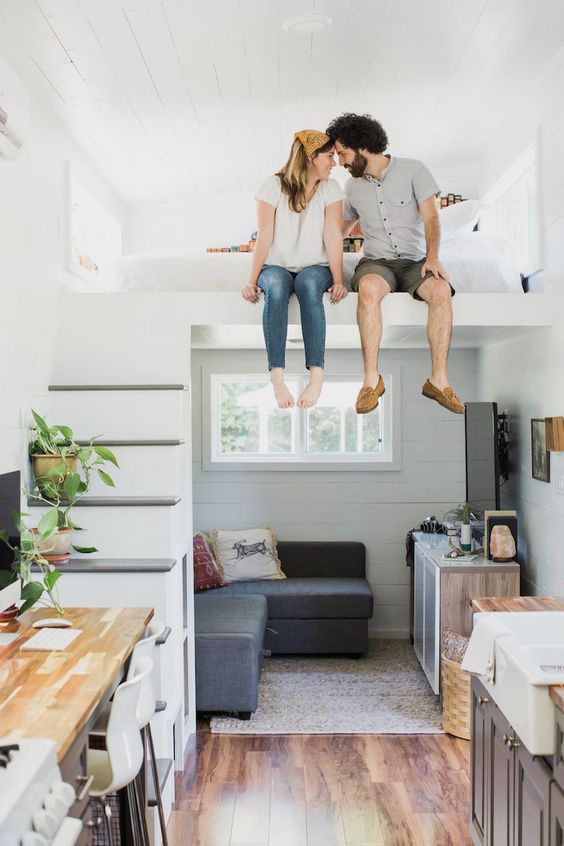
### So, who can live inside a **_Tiny House_**?

TINY HOUSE PEOPLE
The tiny house movement is **adaptable** for all types of people and families because it is a flexible concept at a spatial and functional level, each space is designed to take full advantage and usually everything is multifunctional within these houses.
However this alternative proposes minimalism as a way of life, so the challenge is to learn that **_less is more_**, being this way a tiny house is more popular among middle – aged and retired people, as they can lead a calmer daily routine.

For that kind of lyfe style, more **women** own tiny houses than men.
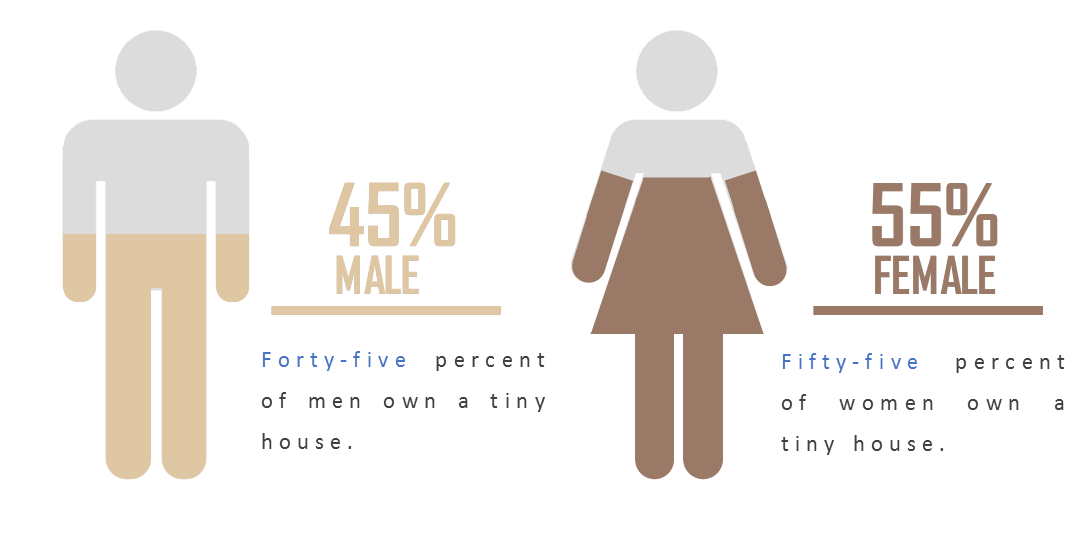
>Girlpower

ECO TECHNOLOGY
One of the characteristics that makes tiny houses attractive today is that they work with *_ecology and high-technology_* as **green roof** which filters carbon dioxide and pollutants from the air, plants can absorb **85% of air particles** from the environment depositing the heavy metals in the substrate. A square meter of grass **generates** the oxygen required by a person throughout the year.
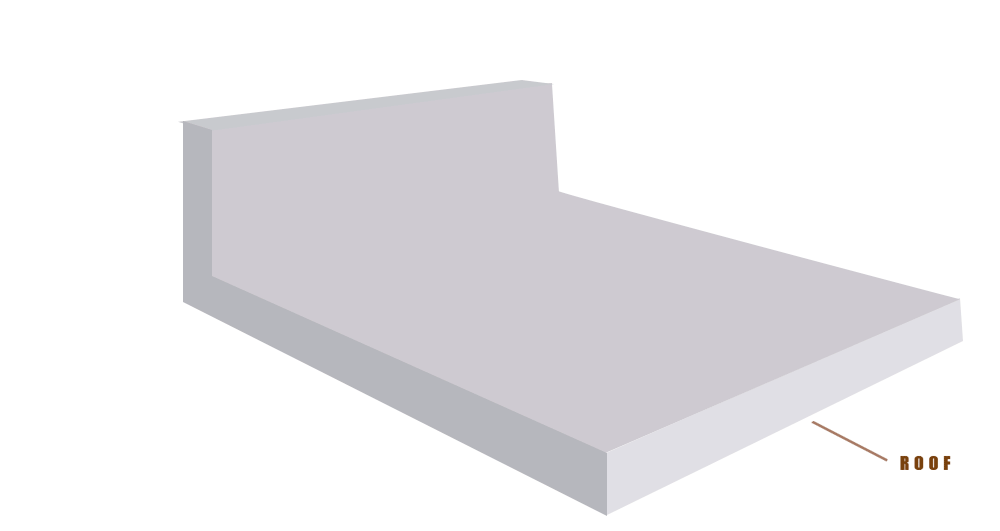
A **_Green roof_** also regulates the natural temperature, it makes the structure below **cooler in Summer** and **warmer in Winter**, plants also absorb high and low frequency sounds.
It also reduces the amount of stormwater which run off roofs, filling up a city *_sewage systems_*, the attractive **Green roof** adds on to an aesthetically pleasing modern home.


**Solar energy** has the least negative impact on the environment compared to any other energy source, it does not produce **greenhouse gases** and does not pollute the water.
It also requires very little water for its maintenance, unlike nuclear power plants for example, needing **20 times more water**. *_Solar energy_* production does not create any noise, which is major benefits since a lot of solar installations are in urban areas.

With that been said, **Tiny Houses** can apply for solar panels to generate their own electricity using less from the utility supplier which mean it will immediately translate to *_savings_* on the energy bill.

DESIGN PARAMETERS
There are certains design parameters recommendable to consider when designing **_Tiny Houses_**, those are meant to take full advantage of the whole space, these are:
* Carefully place windows to provide daylight and views, open up to the outdoors.
* High windows can allow additional light into the space and they’re preferable skylights to passive solar purpose.

* Avoid unnecessary partitions, for example, instead of creating separete living and sleeping rooms, consider ways that on large space could function as a **living area by day** and a **sleeping area by night**.
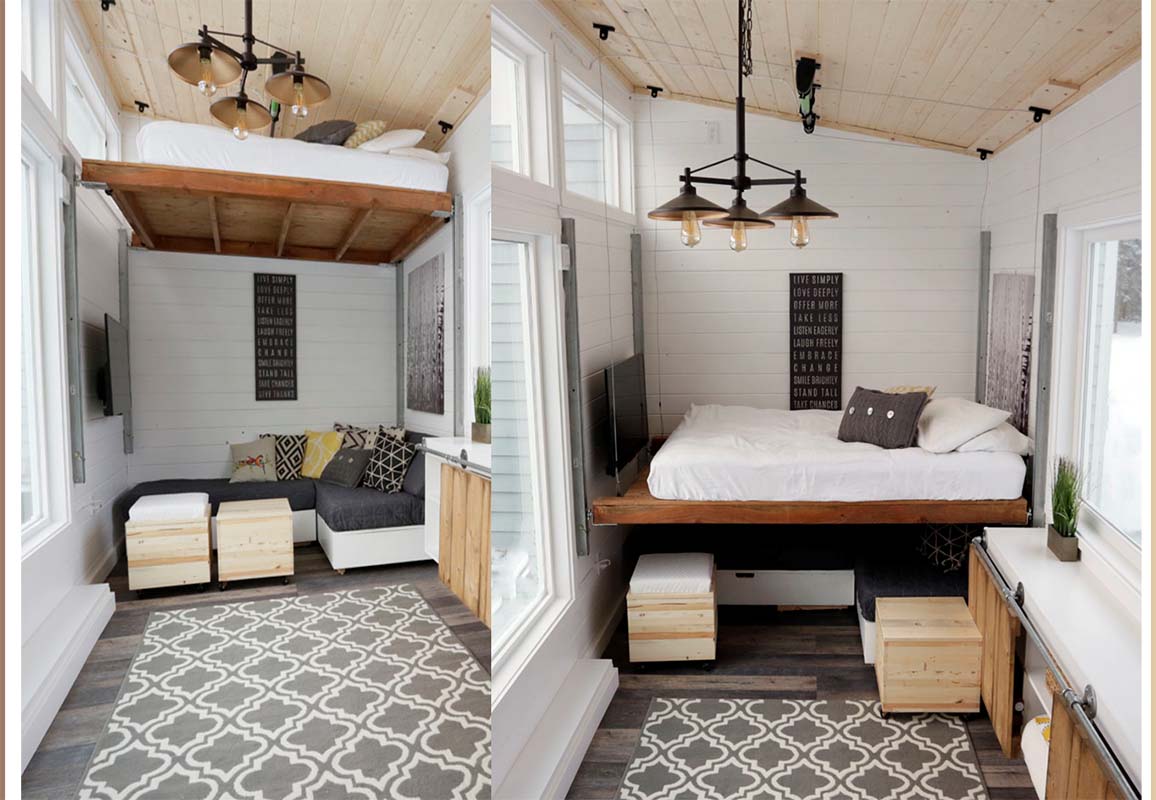
### Use:
* Multi-functional furniture.
* Light colors to create a spacious feeling.
* The space under the stairs.
* Loft beds.

* Make your space feel larger by leveraging lots of natural light through **large windows** and **skylights**.
>This will directly impact the energy consumption reducing the reliance on electric lighting.
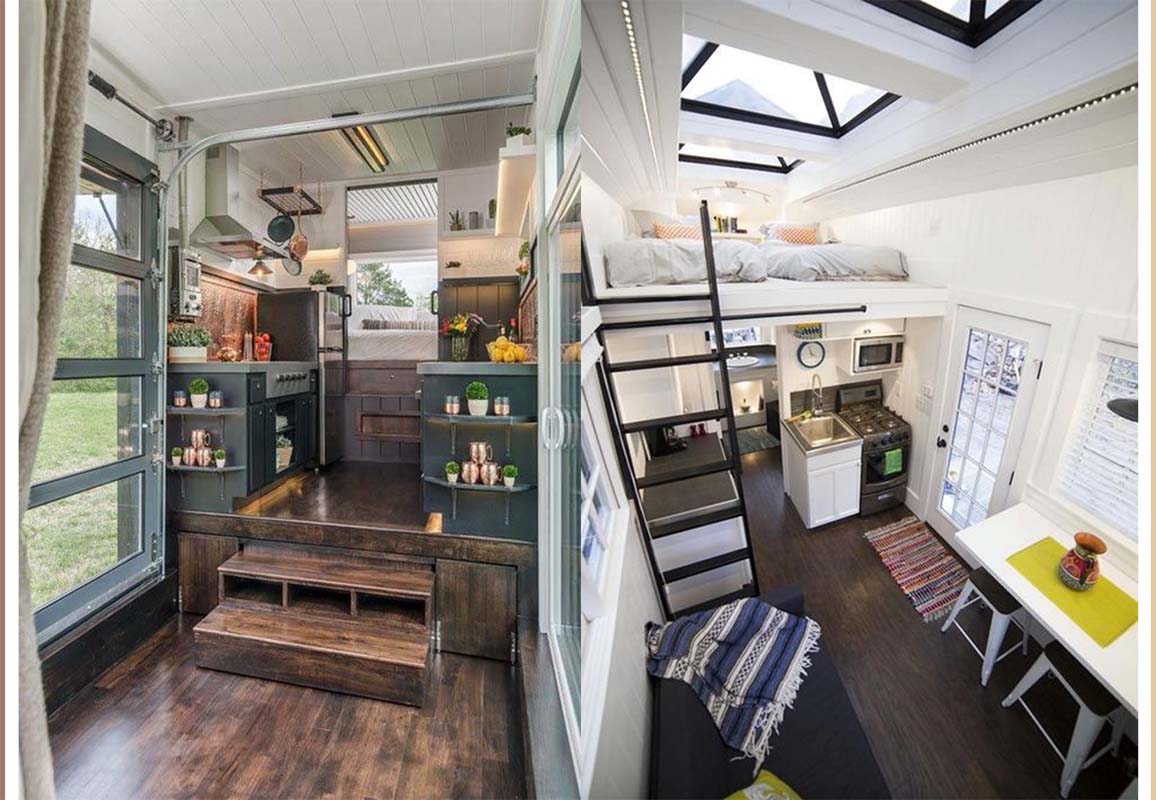
* Keep the spaces uncluttered above waist height.
* Anything above waist height that projects into the living space will make the space feel that much smaller.

* Consider the environmental conditions.
* Use recycled materials.
* Use alternative energy such as solar and wind.


**_Thanks for making this far!_** Like I mentioned previously I tried to synthesize all the information so you can have a basic idea of what a **Tiny House** is, why it's important, the basic design parameters.
If you find this useful, I will appreciate if you **resteem** this entrie or **upvote**, also I'm curious to read your thoughts so drop them on the comments section below!

RESOURCES

PART 1
